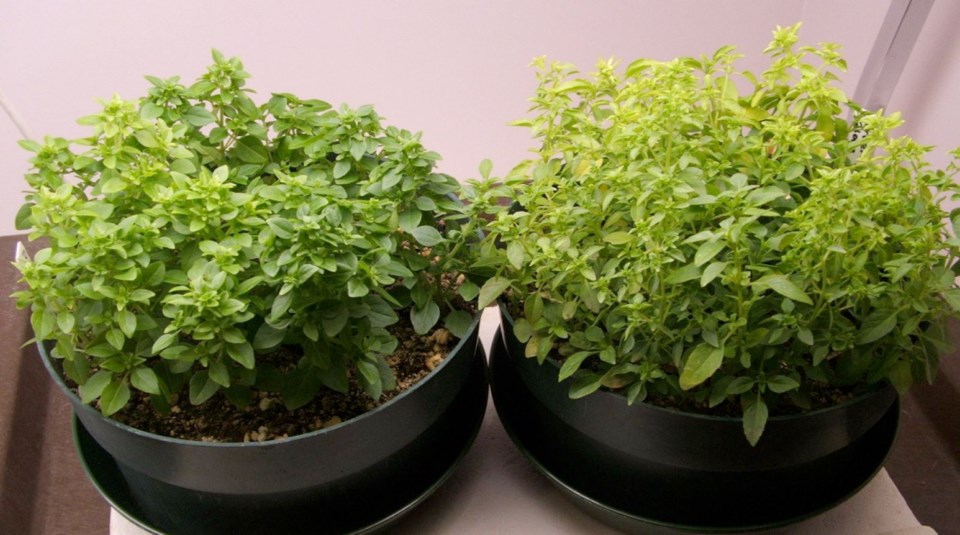Dear Helen: My two small children have begun to express an interest in gardening. What would you suggest as Christmas gifts to nurture their interest? I’d like as well to find a project or two that would help to keep up that interest until spring.
R.C.
Bright and appealing child-sized gardening tools are available at some garden centres and gardeners’ gift and supply stores. Look too for small, child-manageable watering cans.
Though Christmas is well in advance of the main gardening season, there are bound to be some mild January and February days for forays into the garden to choose a plot or plots for their own garden(s). The tools could be used to define, clear, and dig the areas.
They could decorate and write their names on large wooden stakes or labels to indicate that a cleared area is to be “Mary’s Garden.” Brightly coloured or/and decorated waterproof boots are fun for children to have during fall and winter gardening sessions.
Seed racks usually start filling up at garden outlets in January. Consider making a list of easy flowers and vegetables the children like and then shopping for seeds to plant in the spring. Nasturtium is ideal. The big seeds are easy to handle and plant. Lettuce may appeal to children. My son, when he was small, liked carrots best and would make special labels for his carrot plants. I gave him large wooden labels to decorate and write on. On the label for his favourite vegetable he wrote VIC (Very Important Carrots).
Meanwhile, another gift at Christmas could be a few wide, shallow pots, planting mix, and seeds for fast-growing, green leafy vegetables that you think the children will like. Look for mescluns — blends of various leafy greens — and perhaps basil, spinach and kale. Grow the greens at a bright window and look forward to children’s salads. There’s another garden-related project: Preparing what you’ve grown for a meal.
Dear Helen: I need some advice on when to prune some of the plants in my newly acquired garden. There are several bush and climbing roses and other summer-flowering shrubs, lavender and lavatera among them. I also have a grape vine, a wisteria, and kiwis. F.L.
Prune roses and other summer-flowering shrubs in late winter, that is late February to early March. If any of the roses have overlong canes likely to be whipped about in winter winds, shorten them now.
One pruning job I often do undertake in winter, ideally during a period of dry, mild weather, is on the climbing roses — just the modern ones that give repeat flowering. Leave ramblers like Kiftsgate and Albertine alone until their one, early summer burst of bloom is over. Pruning now will remove some of the flowering canes.
As with all tree and shrub pruning, I start by removing dead, damaged and diseased growth. Then, if the climbing rose is well established with many canes, look for the oldest canes among them. They’ll be thicker and darker than the others. Remove some of these at ground level, never removing more than a third of all the canes emerging from the ground. This thinning out of old growth helps to keep the plant young, vigorous and generous with flowering.
That done, look for spindly, weak, and awkwardly placed shoots. Remove them.
Almost all climbers bloom best when the canes are growing at or close to the horizontal. Arrange the remaining canes against the plant’s support fan style, so that the canes rise to different heights against the plant’s support before they are bent toward the horizontal and secured to the support. Shorten any overlong ones to fit the support.
It is the side shoots growing off these main, framework canes that will give the flowers. Shorten these side shoots to leave two or three buds (points of growth). Now remove any remaining leaves on the rose and clean under and around the plant. You should be left with a neat pattern of canes well secured to a support.
Prune wisteria in January, and again in July to declutter the plant and cut back long, wispy shoots. Grape and kiwi vines need a January pruning because the sap rises early in these plants. Pruning later causes excessive bleeding of sap.



